Welcome to Enviro Care
Reliable Cleaning & Technical Services
Enviro Care is approved grease trap cleaning / water tank cleaning company from Dubai Municipality. Our company uses state of the art equipment and aim to provide the best services at economical price to clients. The company is operated by experienced professionals and support staff who are also experts in this field.
Diet
Who We Are ?
Reliable Technical & Cleaning Services
It’s our pleasure to introduce Enviro Care in the United Arab Emirates. Our vision is to evolve Enviro Care as the best company providing Grease Trap / Interceptor Cleaning / Pumping Service, Grease Trap sales & Installation, Hydro Jet / Plumbing Service, Kitchen Exhaust Duct Cleaning, Sewerage / Septic Tank Cleaning, Water Tank Cleaning in the United Arab Emirates. If you are hunting for a company that can cater to all your above needs, your search ends right here.

Our Products
We Offer Following Products
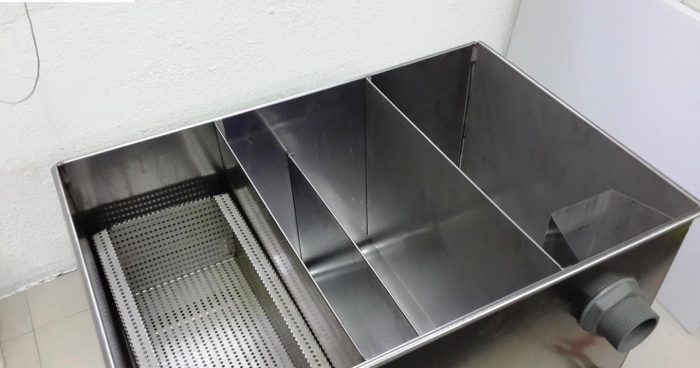
Grease Trap Cleaning

Kitchen Hood Cleaning
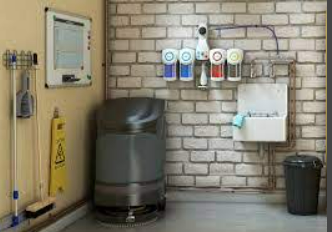
Drain Maintenance
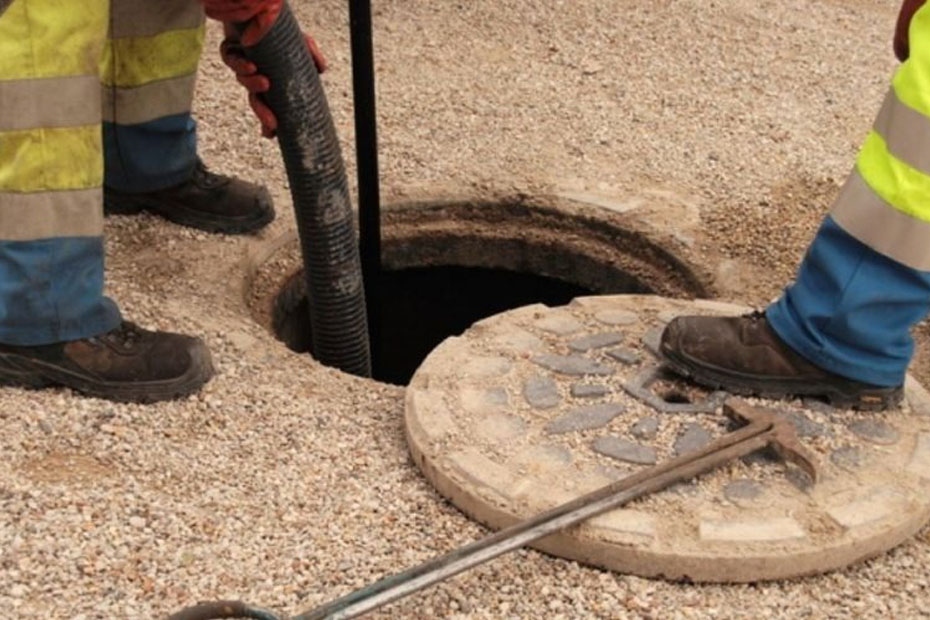
Sewage Tank Cleaning
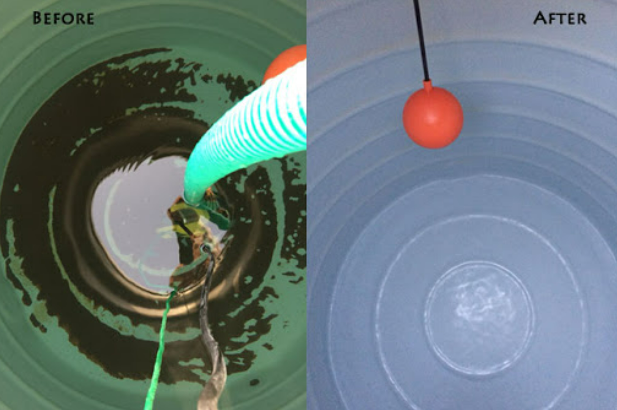
Water Tanker Cleaning/Chlorination
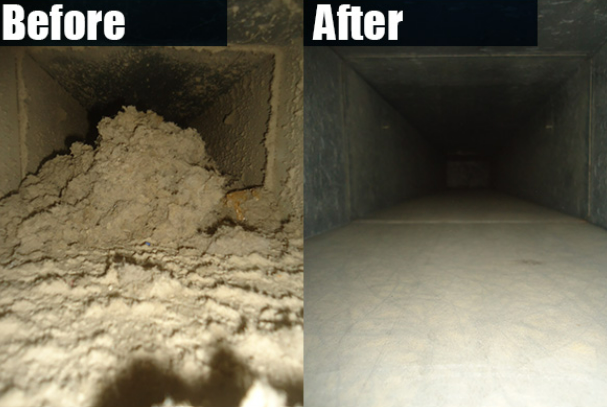
AC Dust Cleaning
Why choose us
Trusted & Well Reputed Company
We are striving to deliver our customers the best services at competitive prices. Our team works round the clock to deliver you the best customer service possible.
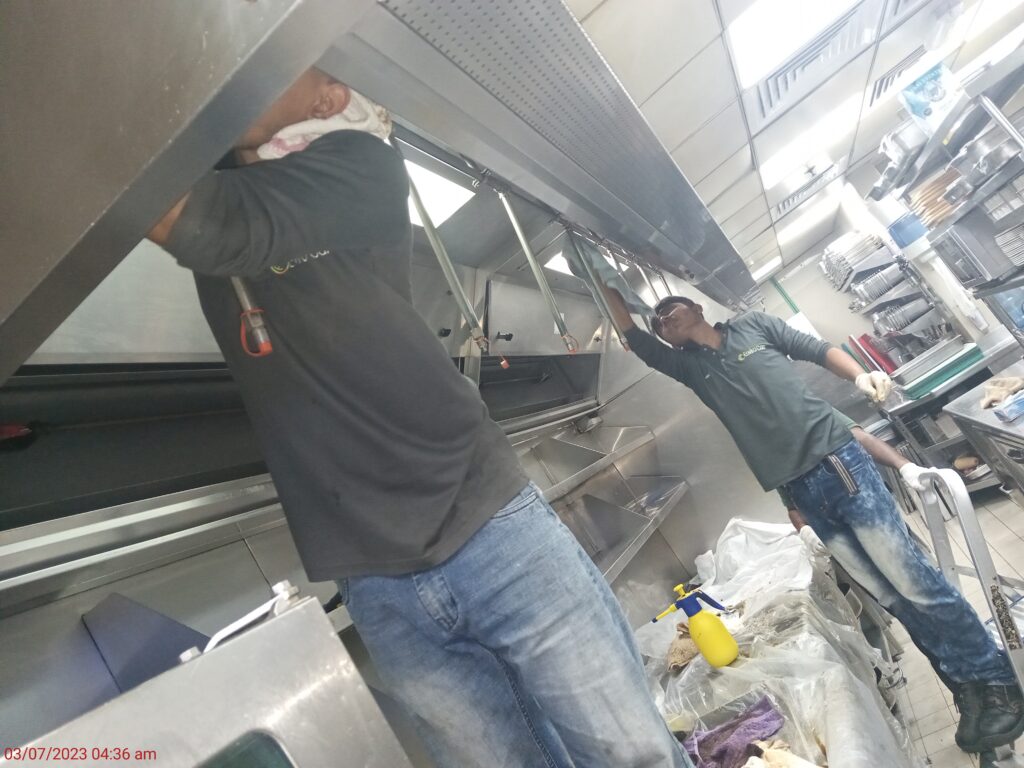
Professional Expert
We have a professional team with years of experience in the UAE.
Certified
Enviro Care is approved grease trap cleaning / water tank cleaning company from Dubai Municipality.
Commitment
Our dedication to serve our stakeholders in unmatched and we go out of our way to make our clients happy.
Excellent Customer Service
We are known to provide excellent customer service to all our clients.
Our Process
How To Get Our Help
Consultation
Get in touch with our expert team with all of your requirements. They will be glad to assist you.
1
2
Choose Product
Choose one or multiple services as per the requirements.
Get The Service
Our team will deliver you the best service with complete satisfaction.
3




